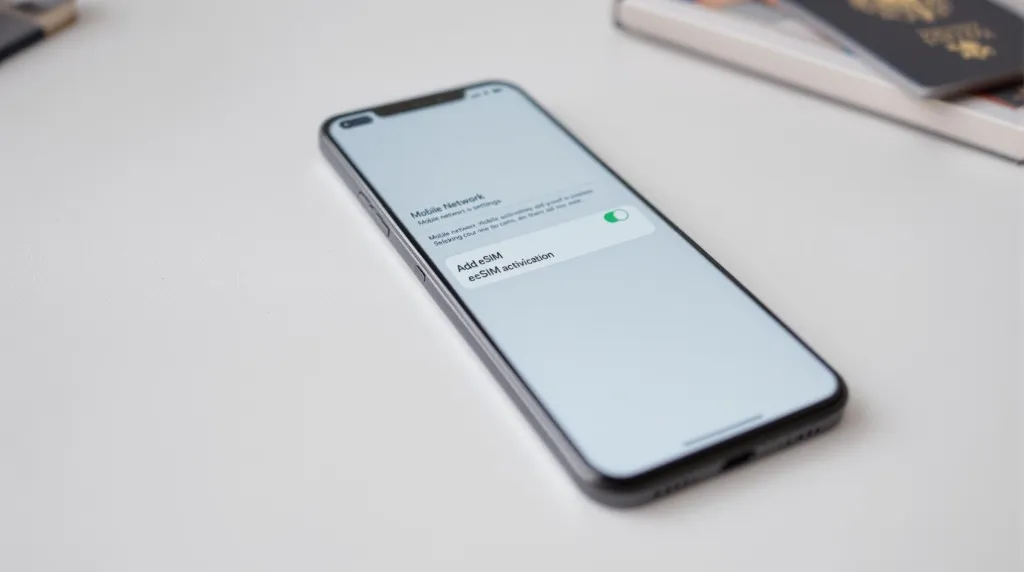Let’s face it—nothing ruins the travel vibe like landing in a new country and realizing you’ve got no signal, your roaming charges are through the roof, and the airport Wi-Fi barely loads Google Maps. 😩 Whether you’re a digital nomad trying to meet a deadline from a café in Lisbon or just want to share beach pics without hunting for Wi-Fi in Bali, staying connected abroad is non-negotiable in 2025. And the two most popular options? eSIM vs local SIM cards.
Not sure which one’s right for you? You’re not alone. This guide breaks it all down so you can travel smarter, stay online, and avoid the dreaded “no service” screen.
✈️ Read more about staying productive on the road in our Digital Nomad Tips guide.
What Is an eSIM?
What Does “eSIM” Stand For?
eSIM stands for embedded SIM. Unlike traditional SIM cards, which you physically insert into your phone, an eSIM is built right into your device. No plastic, no pin tool, no risk of losing a tiny chip in your hostel bunk.
How eSIMs Work
eSIMs are remotely programmable. That means you can:
- Download a mobile plan via a QR code or an app — no store visit needed.
- Switch between carriers and countries in minutes.
- Store multiple profiles, which is super handy for frequent travelers.
You can activate a plan before you even leave your home country, or right after you land — as long as you’ve got Wi-Fi or some connection to get started.
Devices That Support eSIMs
More and more devices are eSIM-compatible, including:
- iPhones (XS and newer)
- Google Pixels (Pixel 3 and up)
- Samsung Galaxy phones (S20 and newer)
- iPads, some smartwatches, and newer laptops
Benefits of eSIMs for International Travelers

eSIMs are a game-changer for travelers — especially if you’re hopping between countries or working remotely abroad.
Convenience & Flexibility
One of the biggest perks? Instant activation. You can scan a QR code and get connected before your plane even takes off — or right after you land, no need to find a SIM kiosk or deal with language barriers.
- No physical SIM card needed
- Easily switch between data plans on the go
- Manage multiple countries or carriers from one device
Cost Savings
Roaming charges? You can skip them completely. eSIM providers offer local, regional, or global plans that are often way cheaper than what your home carrier charges for international use.
- Pay only for what you need
- Shop around for the best data deals
- Great for short trips and long-term stays
Dual SIM Functionality
With an eSIM, many phones can run two numbers at once — perfect for:
- Keeping your home number active for texts and calls
- Using a local data plan for maps, apps, and work
Eco-Friendliness & Security
- No tiny plastic SIMs = less waste 🌱
- Nothing to remove or lose, which means less hassle (and less chance of misplacing your SIM tray tool!)
Drawbacks and Limitations of eSIMs

While eSIMs are super handy, they’re not perfect — at least not yet.
- Not all countries or carriers support eSIMs, especially in more remote or developing areas
- In some places, voice and SMS services are limited or unavailable with eSIM-only plans
- Older phones may not support eSIM — double-check your device’s specs before relying on one
- You can’t easily pop it out and use it in a friend’s phone or backup device
What Are Local SIM Cards & When Are They Better?

How Local SIMs Work
A local SIM card is the traditional way to get connected abroad. You buy one in the country you’re visiting — usually at:
- Airport kiosks
- Mobile carrier shops
- Convenience stores or vending machines
In most places, you’ll need to show your passport or ID to register the SIM before it works. The process is usually quick but can vary by country.
Pros of Local SIMs
Local SIMs still shine in certain situations. You might prefer one if:
- You’re staying in one country for a while
- You need lots of data or regular phone calls
- You want access to local carrier deals not offered through eSIM platforms
They’re often the most budget-friendly option for longer stays — especially in places like Southeast Asia or South America, where plans can cost just a few dollars.
Cons of Local SIMs
That said, they come with some old-school downsides:
- You’ll need to physically remove your home SIM, which means no texts or calls to your usual number
- It’s a hassle if you’re jumping across borders every week
- You might run into language barriers or limited store hours
eSIM vs Local SIM: Which One Is Right for You?
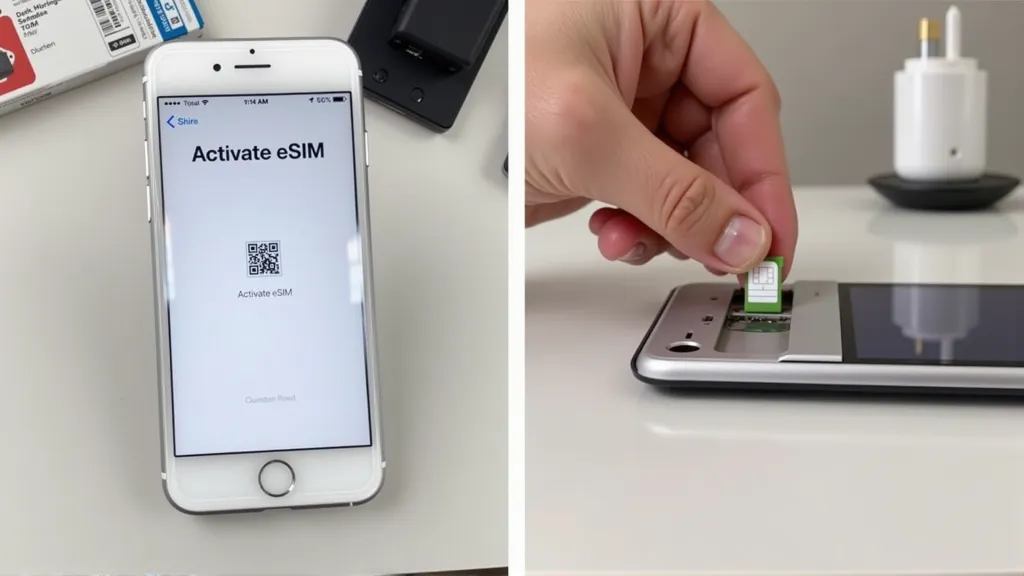
So — eSIM vs Local SIM for international travel — which one should you choose?
The answer depends on you, your trip style, and your phone. Let’s break it down so you can pick the right fit without second-guessing it at the baggage claim.
Key Factors to Consider in Choosing eSIM vs Local SIM
Here’s what to keep in mind before deciding:
- Trip Duration: Short trip or long-term stay?
- Number of Countries: One destination or a multi-stop adventure?
- Device Compatibility: Is your phone eSIM-ready?
- Voice & Text Needs: Do you need a local number to call or text?
- Budget: Are you chasing the cheapest plan or willing to pay for flexibility?
Recommended Use Cases for eSIM vs Local SIM Scenarios
| Scenario | Best Option |
|---|---|
| Weekend city break in Paris | eSIM (quick + easy setup) |
| Digital nomad hopping across Asia | eSIM (regional/global plan) |
| Study abroad in Spain for 6 months | Local SIM (cheaper long-term) |
| Backpacking Europe on a budget | Local SIM (only if no eSIM deals) |
Real talk? If you have a modern phone and value speed, eSIMs are the way to go for most trips. But if you’re setting up shop in one place for a while or on a super-tight budget, a local SIM might save you more in the long run.
Best eSIM Providers for Travelers in 2025
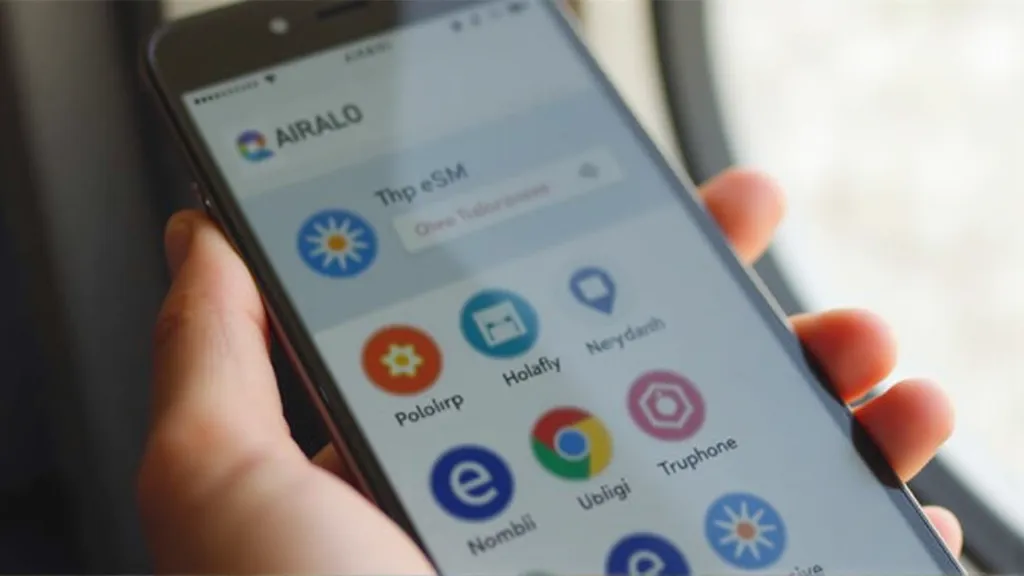
Not all eSIMs are created equal. In 2025, you’ve got a lot of great options — but the best one depends on where you’re going, how long you’re staying, and how much data you need.
Here’s a quick look at some top travel eSIM providers:
| Provider | Best For | Pros | Cons |
|---|---|---|---|
| Airalo | Budget & regional travelers | Wide global reach, low-cost plans | App UI can feel basic |
| Holafly | Unlimited data fans | Unlimited options in many countries | Higher prices, no tethering on some plans |
| Nomad | Digital nomads & techies | Clean app, flexible pricing, good support | Some regions cost more |
| Ubigi | Short trips & business users | Great for Europe, quick activation | Limited plan variety |
| Truphone | Frequent global travelers | Corporate-ready, multi-country packages | Premium pricing |
How to Set Up and Activate an eSIM
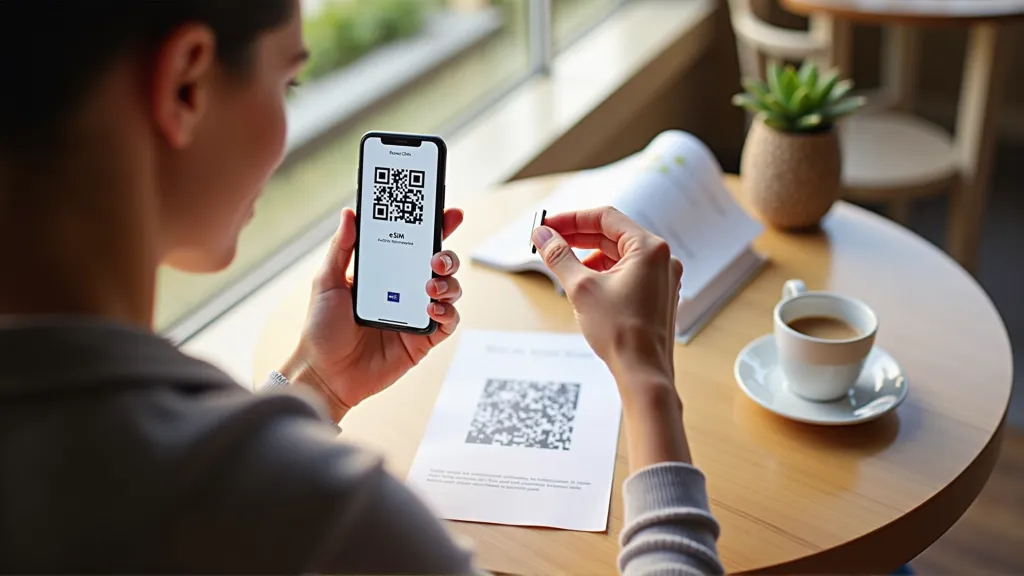
Setting up an eSIM is easier than booking a hostel on your phone. Here’s how to do it in minutes:
Step-by-Step Setup Guide
- Check if your device supports eSIM (iPhone XR or newer, Pixel 4+, Galaxy S20+, etc.)
- Buy your data plan from a trusted provider like Airalo or Holafly.
- Scan the QR code or follow in-app steps to download your eSIM profile.
- Install and activate it in your phone’s cellular settings.
- Turn on mobile data and make sure roaming is enabled (if required).
Quick Troubleshooting Tips
- No signal? Restart your phone.
- Data not working? Reinstall the eSIM or double-check your APN settings.
Still stuck? Most providers have live chat or email support — don’t hesitate to use it.
How to Get and Use a Local SIM Card Abroad
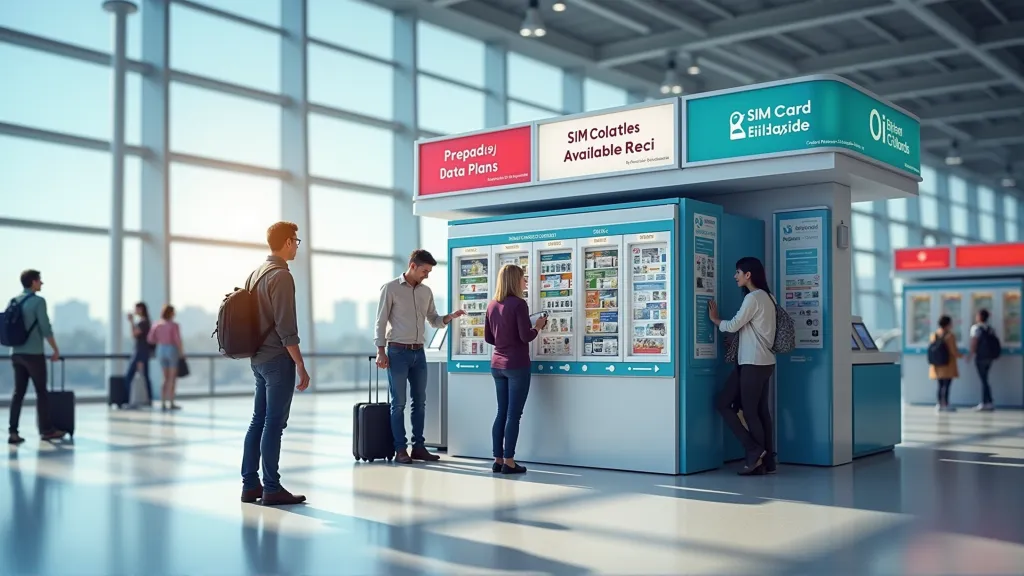
Local SIM cards are easy to find — and often easy on your wallet. Here’s how to get started:
Where to Buy
- Airport kiosks (more expensive but super convenient)
- Mobile carrier stores (best for deals and help)
- Convenience shops or supermarkets in major cities
What You’ll Need
- An unlocked phone (check with your carrier before you leave!)
- A passport or ID for SIM registration (required in many countries)
Setup
- Pop in the new SIM card.
- Restart your phone.
- Update the APN settings (usually automatic, but check the SIM packaging or ask the shop if it doesn’t connect right away).
Tips for Managing Connectivity with eSIM vs Local SIM While Traveling

Stay connected without blowing your data cap (or your budget):
- Download offline tools like maps (Google Maps), translators (Google Translate), and boarding passes.
- Use Wi-Fi when available — but be cautious on public networks.
- Track your data usage with your phone’s built-in monitor or your SIM provider’s app.
- Keep your home number active for banking/texting via Wi-Fi calling or WhatsApp.
Smart usage = stress-free travel.
eSIM vs Local SIM: Final Thoughts and Recommendations
So, which wins in the eSIM vs Local SIM for international travel debate? Here’s the quick answer:
- Go with eSIM for short trips, multi-country adventures, or if you want instant setup.
- Choose a local SIM if you’re staying in one place for a while or need the best value.
🎯 Pro tip: Use both if your phone supports dual SIMs — one for data, one for your regular number.
Your best pick depends on how you travel and what matters most: price, convenience, or flexibility.
Want to travel smarter? Learn more about optimizing your digital nomad lifestyle in our complete guide here: Explore our complete Digital Nomad Tips to Simplify Life on the Road.
